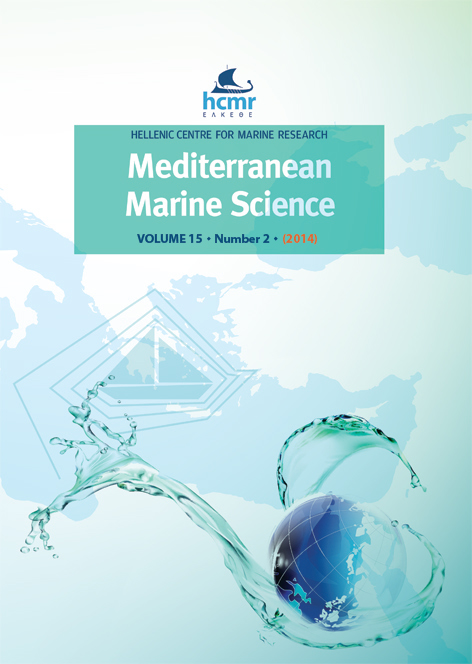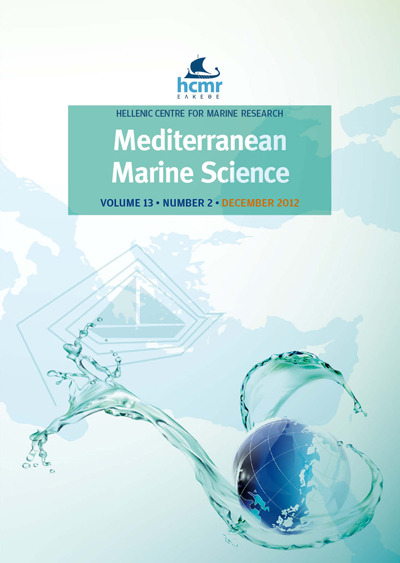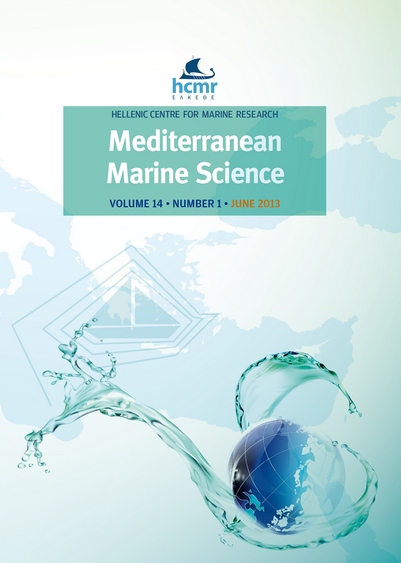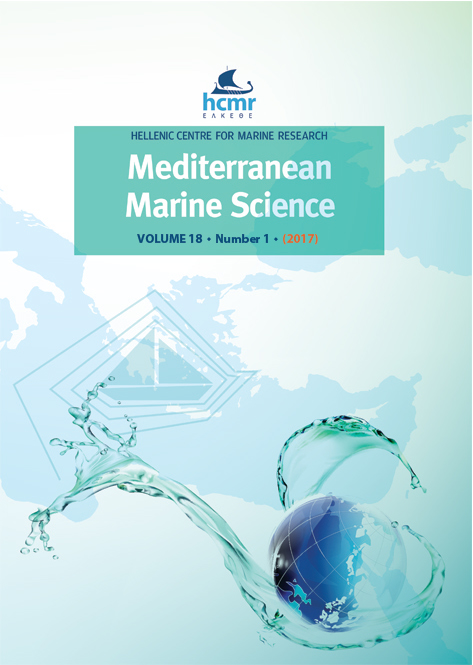Ecological evaluation of transitional and coastal waters: A marine benthic macrophytes-based model
Περίληψη
A model to estimate the ecological status and identify restoration targets of transitional and coastal waters was developed. Marine benthic macrophytic species (seaweeds, seagrasses) were used to indicate shifts in the aquatic ecosystem from the pristine state with late-successional species (Ecological State Group I) to the degraded state with opportunistic (ESG II) species. The first group comprises species with a thick or calcareous thallus, low growth rates and long life cycles (perennials), whereas the second group includes sheet-like and filamentous species with high growth rates and short life cycles (annuals). Seagrasses were included in the first group, whereas Cyanophyceae and species with a coarsely branched thallus were included in the second group.
The evaluation of ecological status into five categories from high to bad includes a cross comparison in a matrix of the ESGs and a numerical scoring system (Ecological Evaluation Index). The model could allow comparisons, ranking and setting of priorities at regional and national levels fulfilling the requirements of the EU Water Frame Directive. A successful application of the model was realized in selected lagoons of the Macedonian and Thrace region (North Greece) and in the Saronic Gulf coastal ecosystems (Central Greece).
Λεπτομέρειες άρθρου
- Πώς να δημιουργήσετε Αναφορές
-
ORFANIDIS, S., PANAYOTIDIS, P., & STAMATIS, N. (2001). Ecological evaluation of transitional and coastal waters: A marine benthic macrophytes-based model. Mediterranean Marine Science, 2(2), 45–66. https://doi.org/10.12681/mms.266
- Τεύχος
- Τόμ. 2 Αρ. 2 (2001)
- Ενότητα
- Research Article
Authors who publish with this journal agree to the following terms:
- Authors retain copyright and grant the journal right of first publication with the work simultaneously licensed under a Creative Commons Attribution Non-Commercial License that allows others to share the work with an acknowledgement of the work's authorship and initial publication in this journal.
- Authors are able to enter into separate, additional contractual arrangements for the non-exclusive distribution of the journal's published version of the work (e.g. post it to an institutional repository or publish it in a book), with an acknowledgement of its initial publication in this journal.
- Authors are permitted and encouraged to post their work online (preferably in institutional repositories or on their website) prior to and during the submission process, as it can lead to productive exchanges, as well as earlier and greater citation of published work (See The Effect of Open Access).










